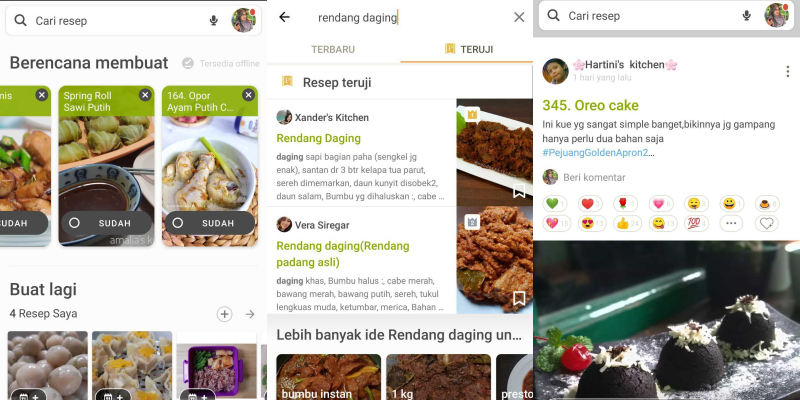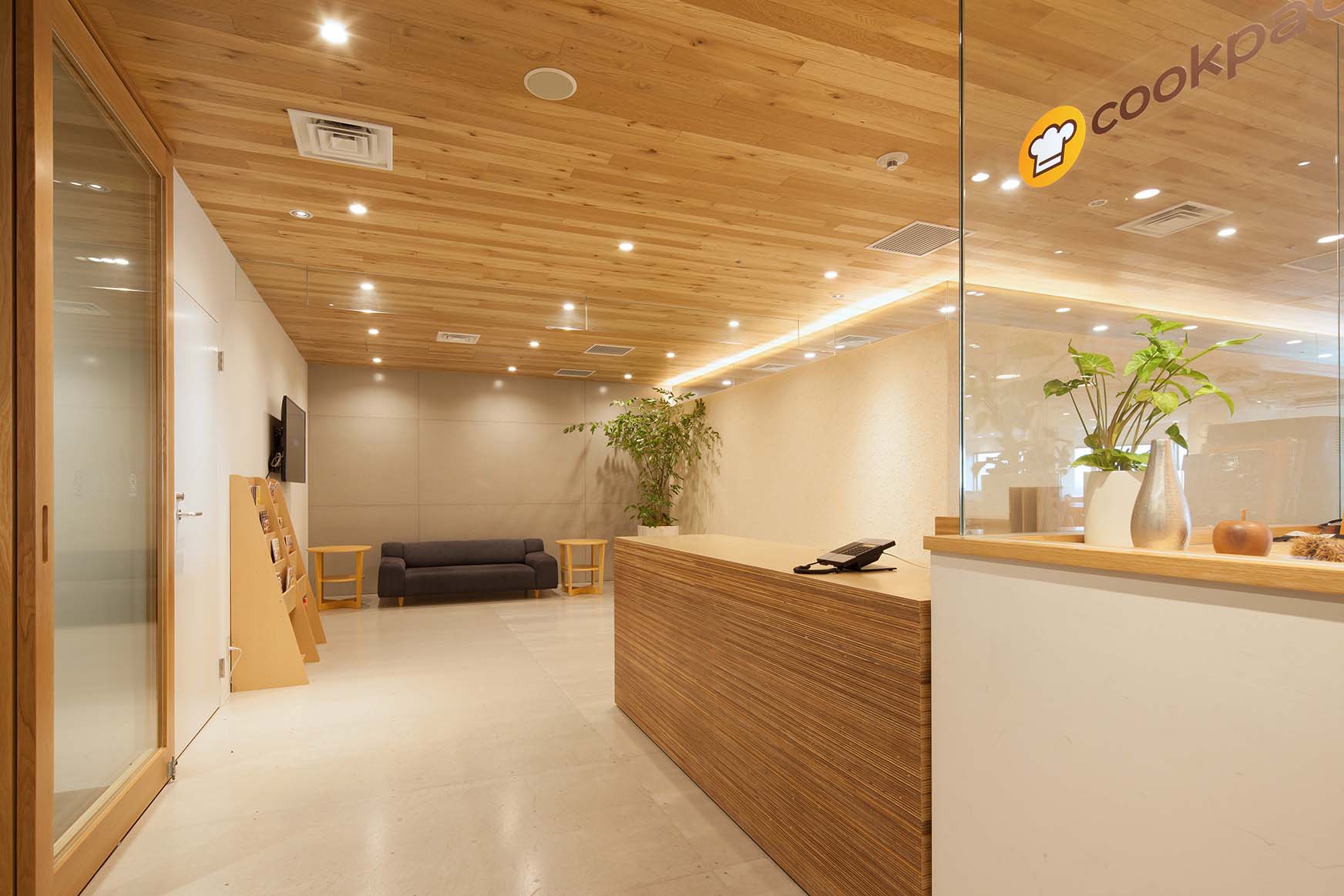



World Resource Flows around Japan: Third Edition, by NIES The rest of this section introduces and explains specific examples of them in greater detail.Ĭarbon Footprint of Product (CFP) ProgramĮnvironmental Profit & Loss Account (E P&L) (e.g., PUMA and PPR HOME) The third type of initiative focuses more on the change in consumers’ behavior, many of which address the role of information design and evaluation of the information. The second type more directly addresses learning in order to enhance consumers’ consciousness. The first type of approach or method can be thought of as a first stage toward behavioral change, focusing on visualization of information. We categorized them into three types based on which stage in the entire process of behavioral change in consumers they address. Table 1 reports the medium and contents summary of selected initiatives. These initiatives are taking various media including the Internet (Web), labeling, data book, TV, magazine, animation and video. We need to encourage ourselves and others to think about what a sustainable life really means.įollowing this process as a framework for analysis, we searched for various initiatives and practices through different information sources in order to discuss the current status and challenges regarding LCT and ended up selecting more than 30 initiatives that shall be the most relevant references to fulfill the purpose. Another crucial challenge is finding ways to connect LCT with, not just product selection or designing and manufacturing, but lifestyle transformation.

Further, it is also of critical importance that the consumers can culture LCT by encouraging themselves to be actively engaged in the design and evaluation processes of the upstream of productions and in the entire product life cycle. Nevertheless, a number of issues, such as understandability, selectability, reliability, transparency, and costs etc., must still be addressed before consumers will be able to use such information as guidelines for pro-environmental behaviors in their everyday life. Such information has been provided to consumers in various forms in various places at various times. We examined the existing practices of various media to ascertain the usability of information based on life cycle thinking (LCT) which can be key to changing consciousness and behavior of consumers towards pursuing a sustainable society.


 0 kommentar(er)
0 kommentar(er)
